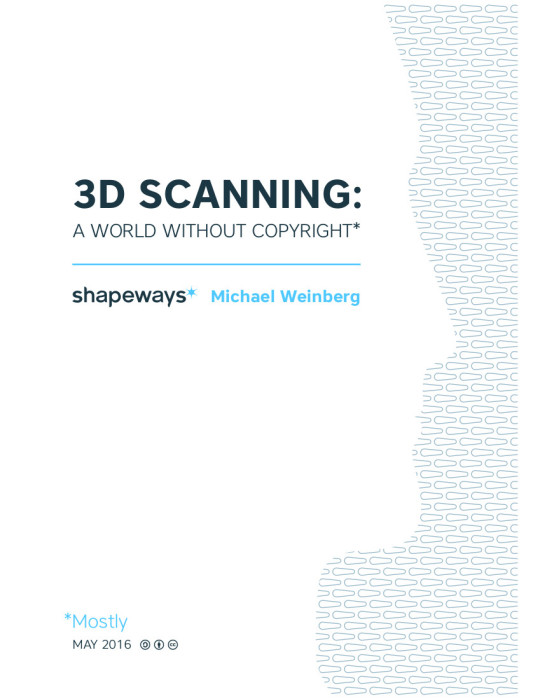This post originally appeared on the Shapeways blog.
Imagine you are selling a porcelain coffee cup in your Shapeways shop. It is a complicated piece with a complex handle and an intricate design on the outside of the cup. The lip of the cup is also funkily askew. After the cup has been selling for a few weeks, you get a letter informing you that – unbeknownst to you – the lip of your cup may infringe on someone else’s design patent. If the letter is correct, what kind of damages should you have to pay to the person who owns that patent? Should you have to pay them all of the profits you have made on the cup, or just the percentage of the profits that can be attributed to the lip covered by the patent? Shapeways, along with Engine, just filed a brief with the U.S. Supreme Court urging them to get this rule right for 3D printing designers.
The U.S. Supreme Court is trying to decide which rule to apply in the context of a long running dispute between Apple and Samsung over smart phones. Apple had a handful of design patents on elements of the iPhone such as its shape and icons, and accused Samsung of infringing on those patents. Apple won the dispute, which meant that the court had to decide what damages Samsung should pay.
In regular utility patent infringement cases, infringement damages are generally tied to the value that the part of the object covered by the patent brings to the entire object. So if, for example, a car company infringes on a patent for a bolt that holds the tire onto the car, the damages are proportional to the relative importance of that bolt to the entire car. In other words, the fact that part of a car infringes on a patent does not mean that the patent holder gets all of the profit generated by the entire car.
However, a lower court interpreted the rules differently for design patents. There are many elements of a Samsung phone that make it valuable for a purchaser that are totally unrelated to its rounded edges (for example, its ability to make and receive phone calls). However, the court decided that because the Samsung phone incorporated elements that infringed on Apple’s design patents Samsung should have to give Apple all of the profits from the phone. The U.S. Supreme Court is now trying to decide if that rule makes any sense.
What Does This Have to do with 3D Printing?
Although Shapeways designers do not sell smart phones in their shops (at least not yet….), they do offer many objects that could potentially be covered by a design patent. That means that they could potentially be infringing on design patents – even on design patents they do not realize exist. If and when that happens, it is important that the remedies for infringement are proportional to the value that the elements protected by patent bring to the final object.
In our brief, which was primarily drafted by Katherine McNutt and Hyosang (Mark) Kim of the Juelsgaard Intellectual Property and Innovation Clinic at Stanford University Law School, we argue that design patents should use the same sort of proportional damage system as the utility patent system. Just as someone who owns a patent in a bolt should not be able to recover the profits for an entire car, someone who owns a patent in a lip should not recover the profits for the entire cup.
Fundamentally, this sort of proportionality is the just result in disputes over complex objects that include many elements unrelated to a single design patent. It also avoids problems where the first patent holder who sues recovers all of the profits, leaving any additional patent holders with limited options for recovery.
It also helps disincentive the creation of design patent trolls. If a patent holder can lay claim on a designer’s entire profits simply because they own a design patent that may cover a small element of an object, the value of a design patent infringement claim increases exponentially. The prospect of recoveries well beyond the value of the patent’s contribution to the final object could encourage the same sort of patent troll behavior that we have seen in traditional patents.
Although the brief was filed this week, it will be some time until the Supreme Court makes a decision in this case. When they do, we’ll be sure to update you on the case and try to explain what the decision means for our designers.

